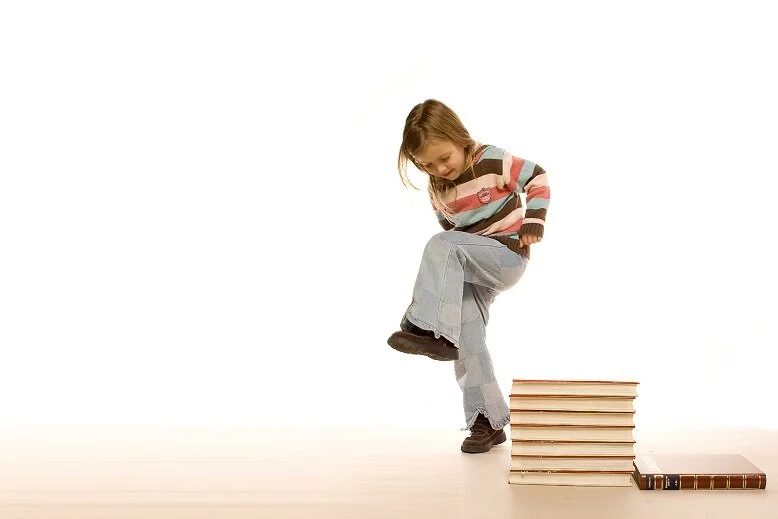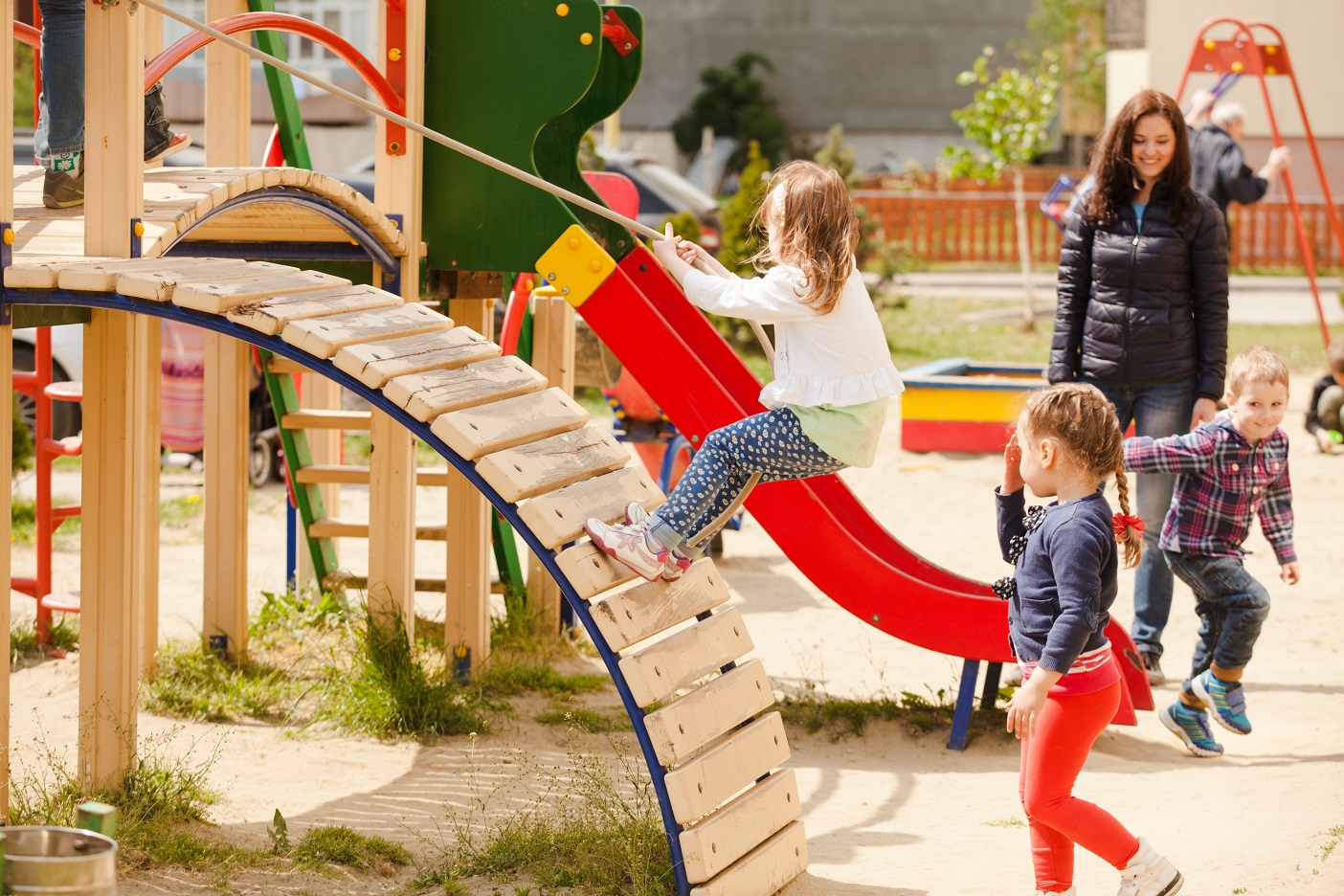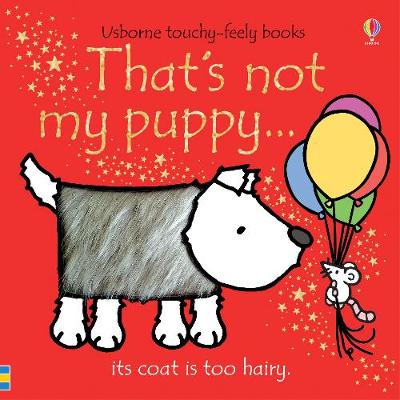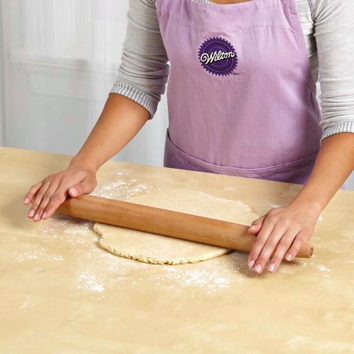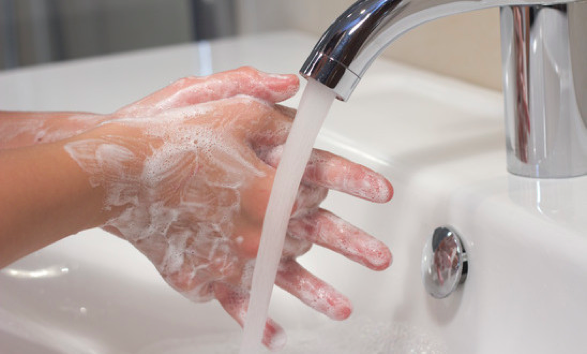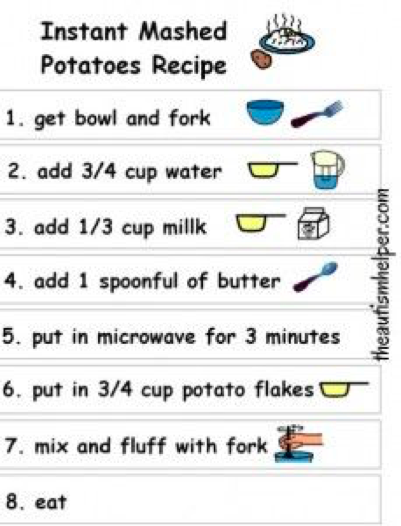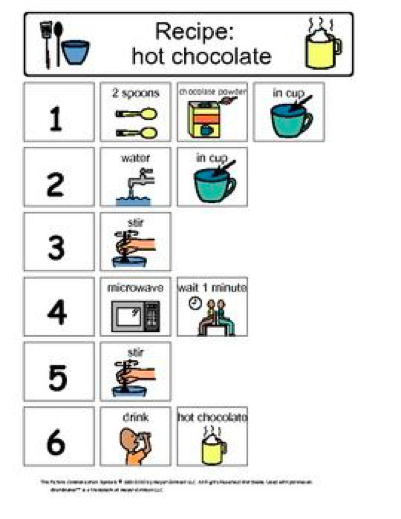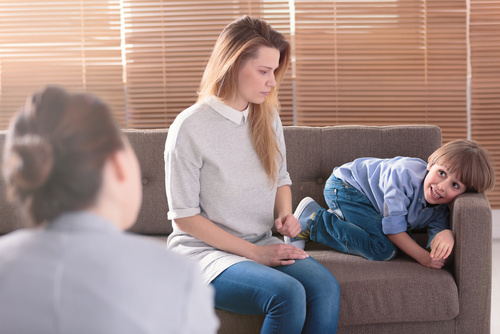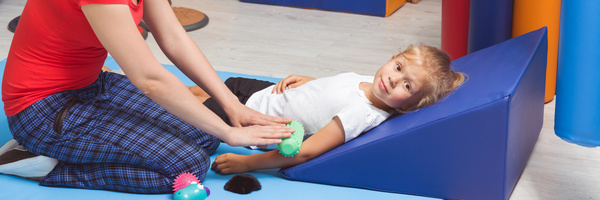Ever heard of the saying, “monkey see, monkey do?” Not only is imitation the best form of flattery, but it is also one of the most crucial steps in a child’s language development.
One of the most frequently asked questions by parents is “why isn’t my child using words yet?” With a closer look at your child’s overall language skills, a Speech Therapist will first evaluate your child’s ability to imitate gestures. They may ask “is your child a copycat?”
Learning how to be a “copycat” is a fundamental skill a toddler needs for expanding play, understanding concepts, learning social cues, and saying new words! A child must present with strong gestures before they start to use words and sounds.
Does your young child copy at least 12 gestures throughout your daily routines? The earliest of gestures begin as soon as 9 months old. Research with young children indicates that the development of gestures from 9 to 16 months predicts language ability two years later, which is significant because preschool language skills predict academic success (First Words Project, 2014).
Is your child able to imitate at least 12 of the gestures below?:
Reaching hands to be picked up.
Holding hand out to show an object.
Shaking head “no” or “yes”.
Waving hi or bye.
Blowing a kiss.
Giving high five.
Pointing.
Clapping.
Using index finger for “shhh”.
Head nods.
Thumbs up.
Holding hands up to question “where are you” or “where go”.
High five.
Peace sign.
The second most frequently asked question by parents is “how do I get my child to imitate?” Infants and toddlers are the world's best copy cats. Children learn from their parents, caregivers, teachers and even television (Shriner, 2014). Below are some ideas to get your little monkeys to SEE, and then DO.
Think of your home as your child’s primary classroom. Choose one gesture that you can incorporate in at least 5 ways throughout your daily activities.
Include your child in your daily routine, there are endless opportunities for learning!
Sing songs with lots of gestures. Songs are a great way to foster joint attention, imitation, turn taking and understanding of concepts.
S L O W down - increase the amount of time between gestures. Don’t be afraid to pause and wait. Your child will be even more engaged when you give them the opportunity to contribute.
Be silly! Big exaggerated reactions can often motivate your child to play along.
Use real objects and visuals. The more senses you can incorporate into learning, the better a child will carryover their skills.
Attempt to limit television. Although TV can be entertaining and a tool for teaching, kids will often imitate the good and the bad. The effects of television's overstimulation on a child may also not be recognized until several minutes later.
Written By: Speech Therapist, Rachel Baldwin, M.A. CCC-SLP
Sources:
https://www.readingrockets.org/article/baby-and-toddler-milestones-16-gestures-16-months
https://www.canr.msu.edu/news/young_children_learn_by_copying_you












